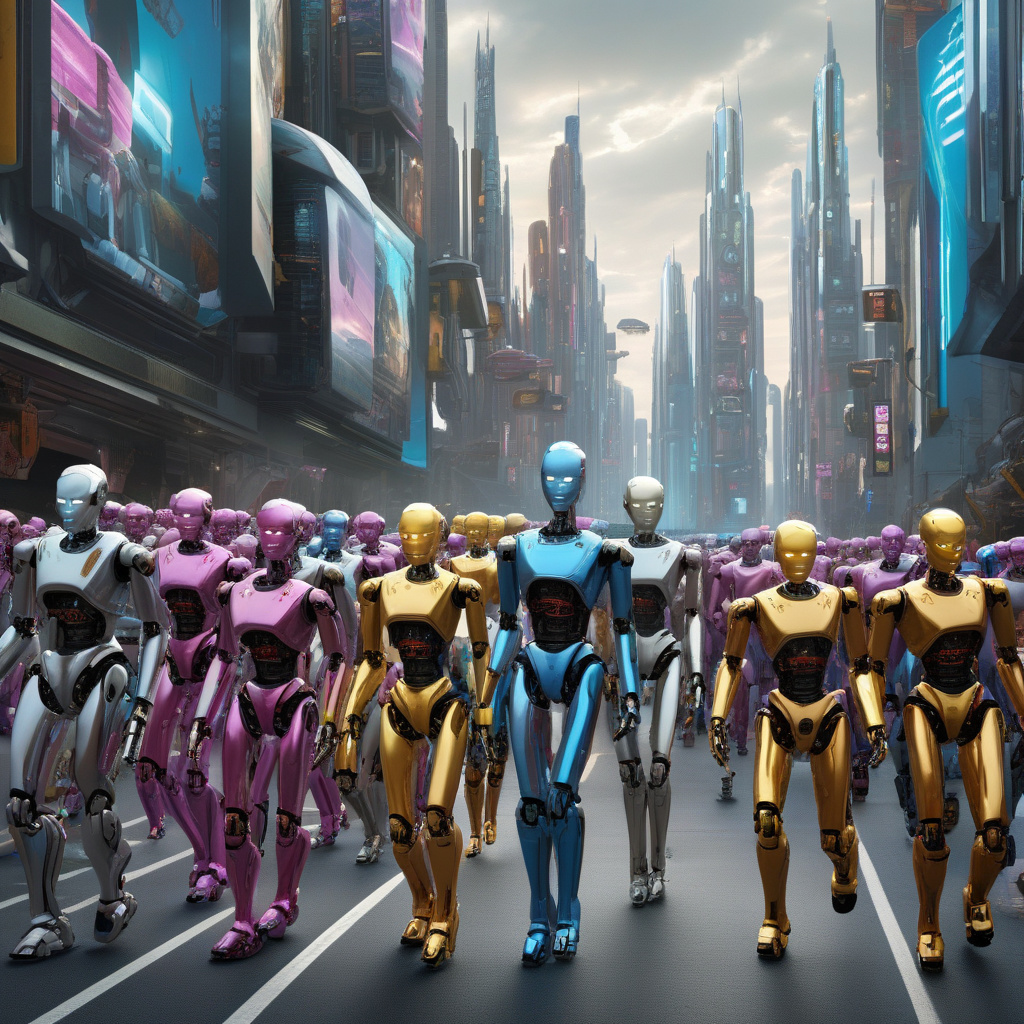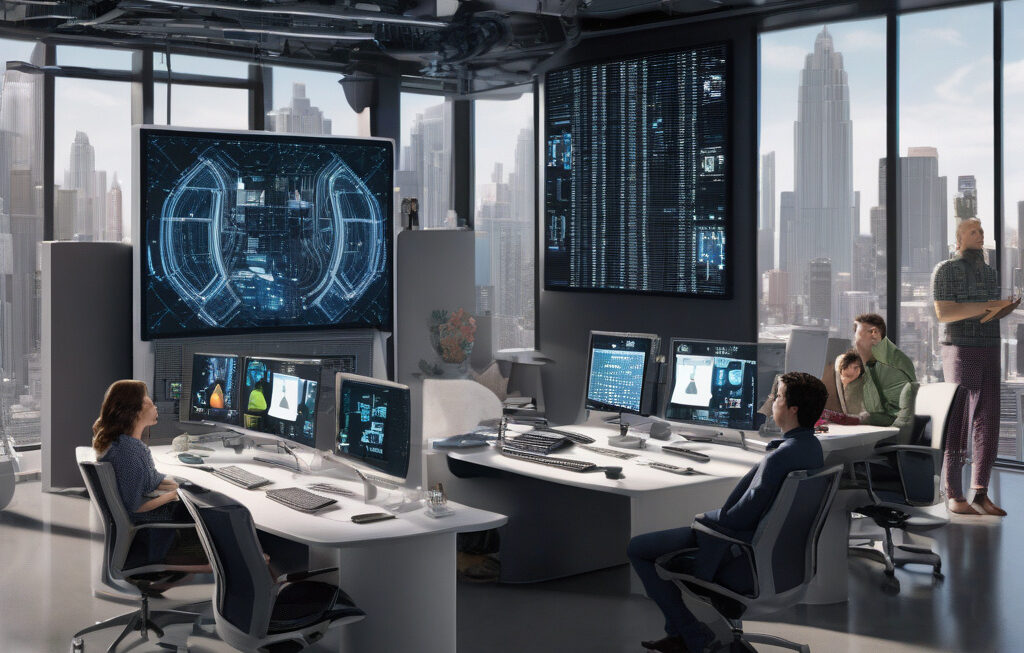Heads Detached, Battery Ran Out: 70% Humanoids Could Not Finish Human-Robot Marathon
As Interesting Engineering reported yesterday, around 21 humanoid robots were pitted against human marathoners in a unique and challenging race to test the capabilities of these mechanical beings in a real-world scenario. The competition, held in the bustling city center, aimed to push the boundaries of technology and human performance while highlighting the potential for human-robot collaboration in various fields.
The race started with great enthusiasm and anticipation from the audience, with both the human runners and robots poised at the starting line. The route was carefully planned to include a mix of terrains, from smooth pavement to rough gravel paths, to assess the agility and adaptability of the participants. As the race commenced, it quickly became apparent that while the human runners surged ahead with determination, the humanoid robots faced a myriad of challenges.
One by one, the robots encountered issues that hindered their progress. Some struggled to maintain balance on uneven surfaces, while others experienced technical malfunctions that forced them to stop abruptly. As the race progressed, the gap between the human and robot participants widened, painting a stark picture of the current limitations of robotic technology in dynamic and unpredictable environments.
Despite the valiant efforts of the engineers and technicians who accompanied the robots, providing on-the-spot repairs and adjustments, the majority of the humanoid participants failed to cross the finish line. With heads detached and batteries running out, approximately 70% of the robots had to be carried off the course, signaling a sobering reality check for the potential of robotic athletes in endurance events.
However, amidst the challenges and setbacks faced by the humanoid robots, there were a few shining moments of success. A select few robots managed to navigate the course with grace and agility, showcasing the progress that has been made in robotics technology. These resilient machines powered through the obstacles, demonstrating their ability to overcome adversity and adapt to changing conditions.
The human participants, on the other hand, displayed remarkable endurance and determination, crossing the finish line with sweat-drenched brows and triumphant smiles. Their victory underscored the unique strengths and capabilities of the human body and spirit, highlighting the irreplaceable essence of human performance in activities that require resilience, adaptability, and sheer willpower.
As the race came to a close, it was clear that while humanoid robots have made significant strides in recent years, there is still much work to be done to enhance their functionality and performance in complex real-world scenarios. The human-robot marathon served as a valuable learning experience for engineers, scientists, and technology enthusiasts alike, offering insights into the current capabilities and limitations of robotic systems.
In conclusion, the human-robot marathon was a compelling showcase of the evolving relationship between technology and human athleticism. While the majority of humanoid robots may have fallen short in this particular event, their participation served as a catalyst for innovation and improvement in the field of robotics. As researchers continue to push the boundaries of what is possible, we can look forward to a future where human-robot collaboration leads to groundbreaking achievements and new frontiers of exploration.
#HumanRobotMarathon, #RobotTechnology, #HumanAthleticism, #InnovationInRobotics, #FutureOfTechnology











